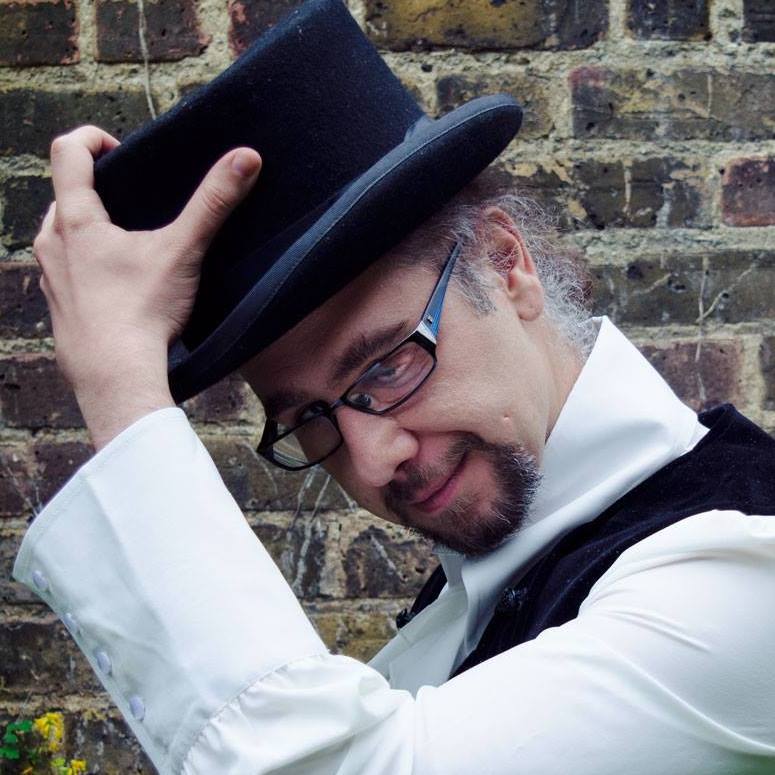The Royal Guard is a joint infantry and cavalry regiment holding a largely ceremonial role in the Astorian Army. It was founded in 3680 by King Selemy the Great and expanded and reorganized into its modern form by Queen Edony the Fierce . They are primarily responsible for protecting the monarch, his or her family, and all royal residences. In times of war, the Royal Guard also accompanies the monarch into battle as his elite guard. From 4072 - 5010, the Royal Guard included a fourth artillery battalion. Their headquarters are at Seris Fort.
Composition
The Royal Guard is composed of roughly 1,500 men divided into three battalions. Royal Guardsmen must be at least 5'8" tall, and taller men are preferred. They also must be between the ages of 16 and 26. After serving at least two years, a Royal Guardsman is free to resign his post with notice to his commanding officer. Infantrymen typically serve for five years while cavalrymen tend to serve for eight years.
Royal Guardsmen wear a blue uniform with yellow trim, silver buttons, and a white crossbelt. They also wear a metal helmet with gold decorations and a black horsehair plume. Infantrymen also wear a blue cape with red facing while the cavalry wears a red pelisse lined with wolf fur. The summer uniform forgoes the cape and pelisee and replaces the helmet with a shako. The shako has a red plume and is decorated with a gold chain.
The standard weapon kit includes a caplock rifle and a small sword. 2nd Battalion uses a heavy cavalry sabre instead of a small sword, and 3rd Battalion's kit also includes a revolver.
2nd Battalion is divided into companies based on horse color. 1st Company is made up of grey horses, 2nd Company is black horses, and 3rd and 4th Companies are bay horses. All the horses stand between 16.0hh and 16.3hh and are warmbloods. The Royal Guardsmen are responsible for caring for their horse and maintaining that horse's tack.
The Royal Guard regiment is divided into three battalions. 1st Battalion (Royal Foot Guards) is ceremonial infantry, 2nd Battalion (Royal Horse Guards) is ceremonial cavalry, and 3rd Battalion (The King's Own/The Queen's Own) is the monarch's elite guard in battle. Historically, they accompanied and defended the monarch in battle, but since King Oswyn the Gouty, the 3rd Battalion has held a strictly ceremonial role. 1st Battalion is further divided into six companies each with four platoons. The companies are spread out throughout Astoria to guard the many residences owned by the royal family. 2nd Battalion is divided into four companies determined by the horse's color, and, in the case of the 3rd and 4th Companies, by the rider's height. Each company is further divided into four platoons. 3rd Battalion only has two companies with four platoons each. Platoons are determined by height with 1st Platoon always having the tallest members and 4th Platoon with the shortest.
Each new recruit undergoes six months of basic combat training. Members of the 1st Battalion undergo another two months of parade drills and learning how to properly guard the palace and royal family. 2nd Battalion receives four months of training with horses learning to ride and how to ride in formation. 3rd Battalion undergoes two months of specialized weapons training on top of two months of parade drills.
Logistics
All male citizens of Astoria may join the Royal Guard. Potential recruits are expected to pass a physical and personality exam to ensure that they are suited for the demands of a Royal Guardsman. Assuming they have passed that, new recruits are summoned to Seris Fort where they can indicate preference for a battalion. Nearly always recruits get their first pick, but there have been a few instances where more people volunteer for the 2nd Battalion than there are available horses. The Royal Guard accepts new recruits once a year, though testing occurs in all major cities year round. Recruits must also be at least sixteen years old when they volunteer.
History
The Royal Guard in its current form was created by King Selemy the Great. At the time, it was known only as the King's Guard and was only a group of knights who swore to protect the king with their lives. Shortly after taking the throne, King Selemy began construction of his new palace in the heart of Serisport and began to expand the King's Guard to watch over not only Dawnpointe Castle but also the new construction site. Over the next several years, more people joined the King's Guard, and King Selemy established the tradition of dividing the Guard based on height.
The King's Own is the oldest battalion and protected Selemy on several more campaigns. Meanwhile, a battalion stayed behind to watch over the queen and her eight children. Under Selemy II, the cavalry battalion was added to accompany him on diplomatic missions. It wasn't until 4072 under Edony the Fierce that the Royal Guard was restructured to its modern organization. Her restructuring greatly expanded the role of the Royal Guard and placed them as the most visible form of the army. She set the standard for strict discipline and precision drills. She also created an artillery battalion as further protection against potential enemies.
When Serisport was invaded in 4398, the Royal Guard defended Selemys Palace with unparalleled ferocity. Even as the rest of the city was overrun, the Palace and the royal family remained untouched. For the next fifteen years, the Royal Guard maintained constant vigilance over the island.
In 5010, Oswyn the Gouty became king during a time of a peace. One of his first decrees was to disband the artillery division and reduce The King's Own to a ceremonial position. While both these moves received immediate outcry, Oswyn remained steadfast in his decisions. Attempts by Parliament to reinstate the artillery battalion met lackluster support, and they quickly died on the cutting room floor.






I really like this, it seems very well thought out!